Table of Contents
Concrete Edging Meaning
Concrete edging means installing a border or boundary made of concrete to define and separate different areas or elements in landscaping or construction projects. It involves creating a solid, durable edge using concrete to enhance the appearance and functionality of a garden bed, pathway, driveway, or other outdoor areas. Concrete edging gives a clean and polished look, while also containing soil, mulch, or other materials within a designated area.
What Is Concrete Edging?
Concrete edging creates a border between different types of ground, such as a garden and a lawn. It serves functional and decorative purposes by embedding concrete into the ground to contain the soil at a higher level and prevent grass from encroaching onto flower beds or other designated areas.
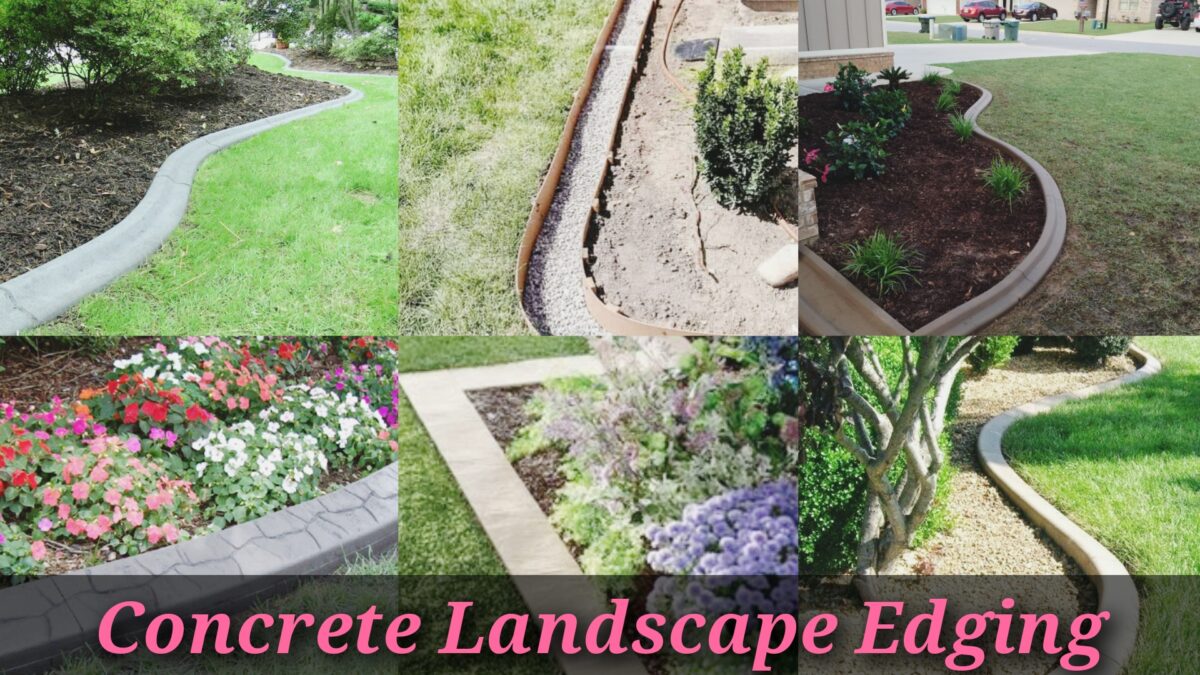
Concrete edging maintains a clean and organized appearance while defining separate sections of the landscape. It allows customization to suit the desired shape, color, and texture, adding an aesthetic touch to the overall design.
Purpose Of Concrete Landscape Edging
1. It defines borders:
Concrete landscape edging establishes clear boundaries between different areas in a landscape, separating the lawn from flower beds or pathways from garden beds, and enhancing the overall appearance of the landscape.
2. It acts as a weed and grass barrier:
Concrete edging creates a physical barrier that prevents weeds and grass from infiltrating the lawn or garden beds, reducing the need for constant weeding and maintenance.
3. It retains mulch and soil:
Concrete edging helps retain mulch and soil within garden beds or around trees, preventing erosion and maintaining the stability of the soil, especially in sloped or runoff-prone areas.
4. It provides structural support:
Concrete landscape edging can reinforce retaining walls, contain raised planters, or stabilize slopes, adding strength and stability to the landscape design.
5. It enhances safety and accessibility:
Edging creates a physical barrier that guides foot traffic and prevents accidental stepping on delicate plantings, improving safety by defining pathways and reducing tripping hazards.
6. It adds to the aesthetics:
Concrete edging contributes to a clean and polished look in the landscape, providing a finished touch that enhances the overall aesthetics and curb appeal of the outdoor space.
7. It offers longevity and durability:
Concrete is a durable material that can withstand harsh weather conditions, making it an excellent choice for landscape edging. It can last for many years without requiring frequent maintenance or replacement.
Types Of Concrete Edging
1. Curb Style Edging:
It looks like a sidewalk and is used to separate driveways or walkways from gardens or lawns.
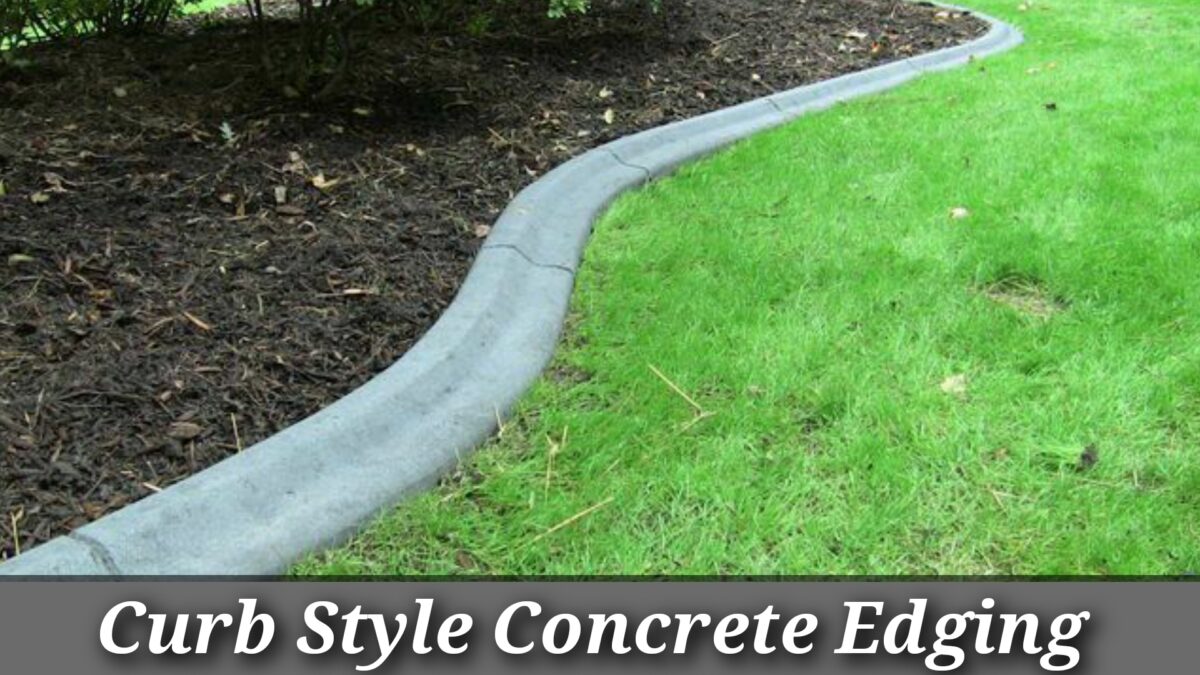
2. Trench Style Edging:
It’s like digging a shallow ditch and filling it with concrete. It’s used to separate different areas in a garden or yard.
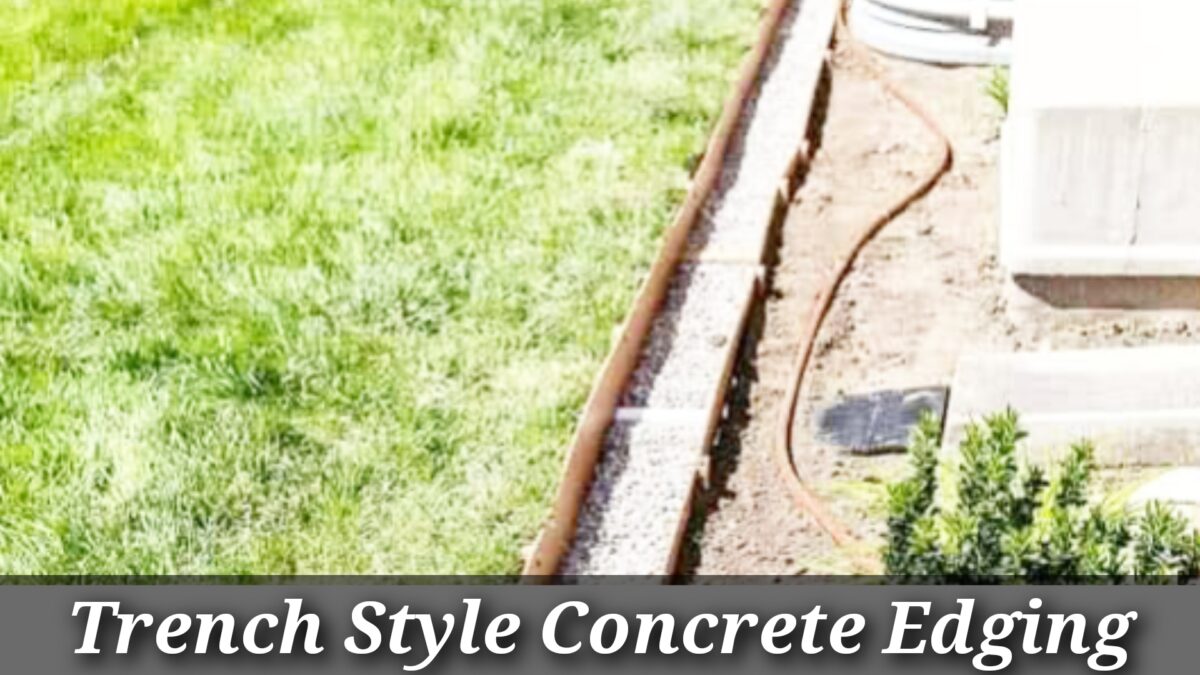
3. Mower Style Edging:
It’s a raised edge that helps keep grass from growing into flower beds or other areas. It makes it easier to mow the lawn.
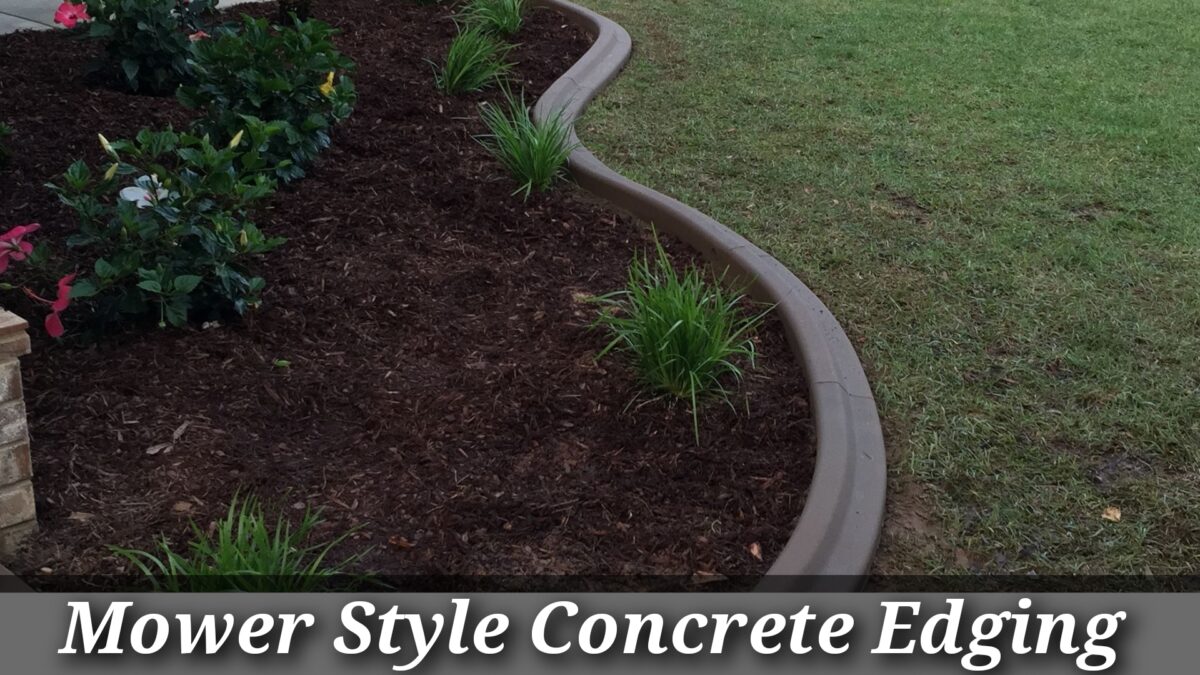
4. Decorative Stamp Edging:
Concrete is poured and then pressed with special patterns or designs. It makes the concrete look pretty and unique.

5. Paver Style Edging:
Concrete pavers or blocks are used to create a border. They can be arranged in different shapes or patterns to make it look nice.
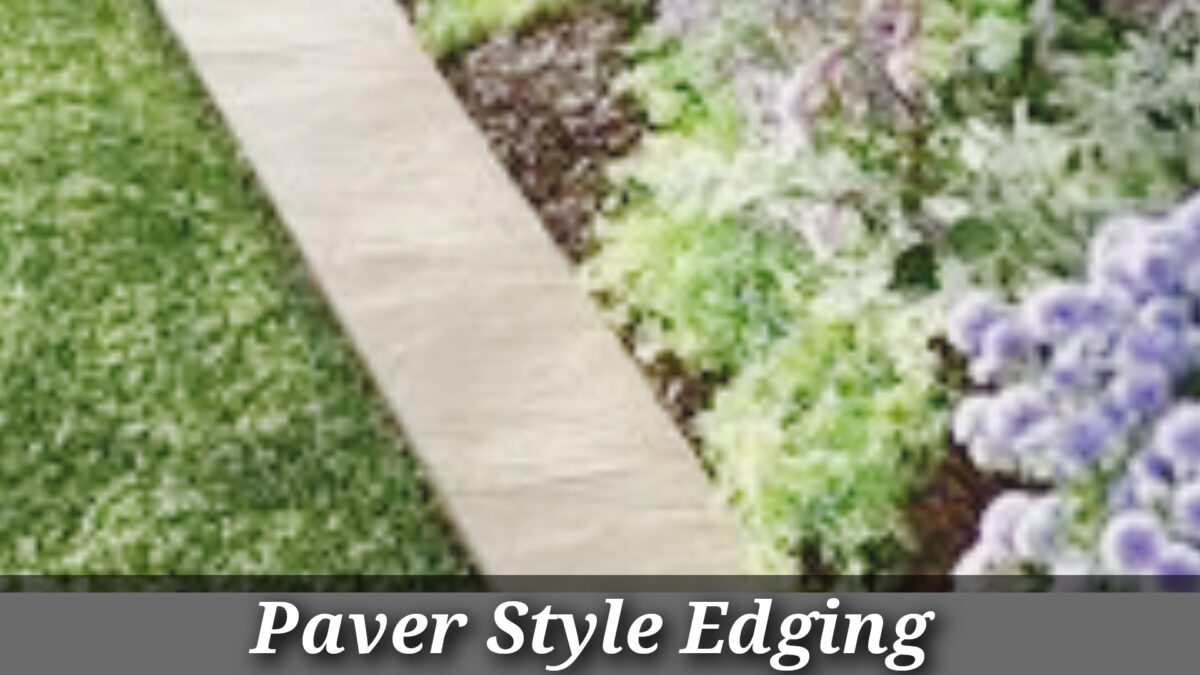
6. Curved or Custom Edging:
This is when the concrete edge follows special shapes or lines in the yard. It can make the yard look more natural and interesting.

Tips To Select Concrete Edging For You Garden
- Desired look or aesthetic
- Ability to move the edge
- Visibility of the edging (show or hidden)
- Soil retention requirements
- Budget constraints
Advantages Of Concrete Edging:
- Easy to handle
- Beautiful appearance
- Long-lasting
- Versatile design options
- Enhances the landscape
- High durability
- Provides a sleek and seamless finish
- Low maintenance
- Offers design flexibility
Disadvantages Of Concrete Edging:
- Costly
- Requires skilled labor
- Prone to cracking and spilling
- Not movable, making it a permanent option
Faqs
Concrete edging or landscape curbing is a way to make borders in gardens using concrete. It helps gardens look nicer by creating neat lines between different areas, like flower beds and walkways. It keeps everything in its place and makes the garden look more organized.
Yes, concrete edging or landscape curbing can be used in all kinds of gardens, big or small. It can be made to fit any garden design. So no matter how your garden looks, concrete edging can make it look even better!
When done right and taken care of, concrete edging or landscape curbing can last a long time in a garden. It is strong and can handle different weather conditions. But sometimes, it may not last as long if the ground is not good or if people walk on it too much.
Yes, concrete edging or landscape curbing can be customized to match the style of the garden. It comes in different shapes, sizes, and colors, so you can choose the one that looks best in your garden. You can make it simple or fancy, depending on how you want your garden to look.
It’s better to get help from adults or professionals to put concrete edging or landscape curbing in your garden. They know how to do it properly and safely. They have the right tools and experience to make it look good. So, it’s best to ask for help to make sure it’s done the right way.
